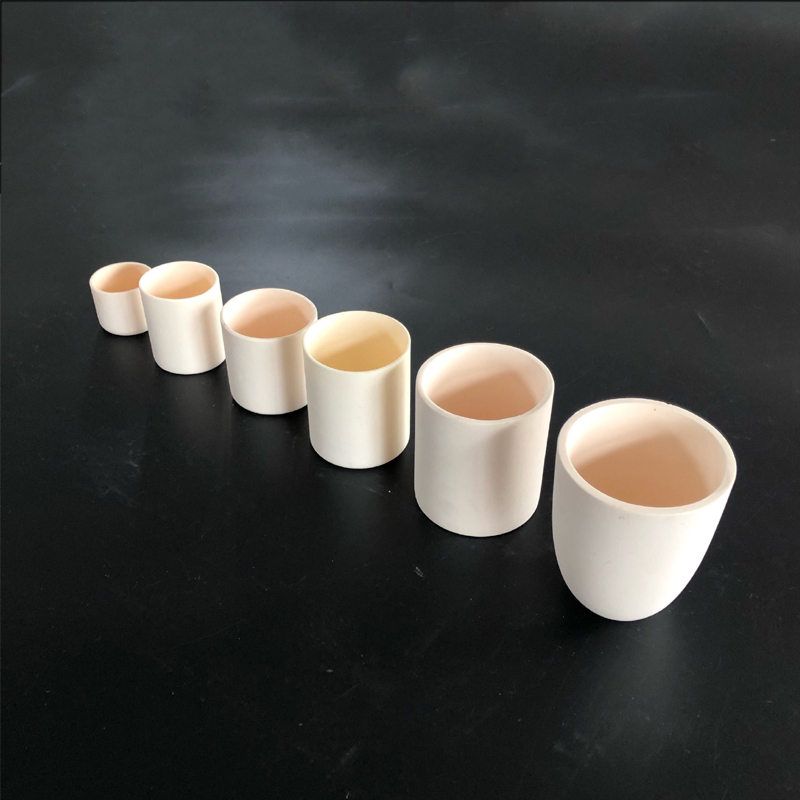Application of aluminum oxide crucible in alloy melting

A precision instrument manufacturing company needs to produce a beryllium bronze alloy with high conductivity and high strength, which is used for the core components of aerospace sensors. The requirements for the alloy composition are strict (copper content ≥ 98.5%, beryllium content 1.8-2.0%), and the smelting temperature needs to reach 1250-1300°C. Traditional graphite crucibles are prone to introducing carbon impurities, while metal crucibles (such as iron-based ones) may contaminate the alloy due to high-temperature oxidation. Finally, a 99% aluminum oxide crucible is selected as the smelting container.
Effect and advantages
The aluminum oxide crucible did not react with beryllium (a highly reactive metal), avoiding the problem of carbon penetration that occurs with traditional graphite crucibles. The electrical conductivity of the alloy has been increased to 85% , meeting the requirements for signal transmission in sensors.
The thermal conductivity of the aluminum oxide crucible (25 W/m·K) is higher than that of graphite (15-20 W/m·K), and the smelting cycle is shortened by 20%.
There is no release of harmful gases (such as CO generated by the high-temperature decomposition of graphite crucibles), and the air quality in the workshop complies with the ISO standard.
In this case, the aluminum oxide crucible, through its characteristics of high temperature resistance, corrosion resistance and chemical inertness, has solved the difficult problem of purity control in the smelting of highly active alloys, and has become the core tool for the production of precision copper alloys. The advantages of its comprehensive performance directly enhance the reliability and market competitiveness of the products, and it is especially suitable for high-end manufacturing fields such as aerospace and semiconductors.

